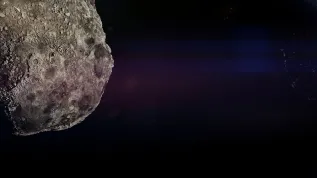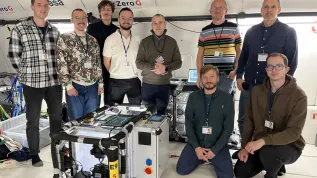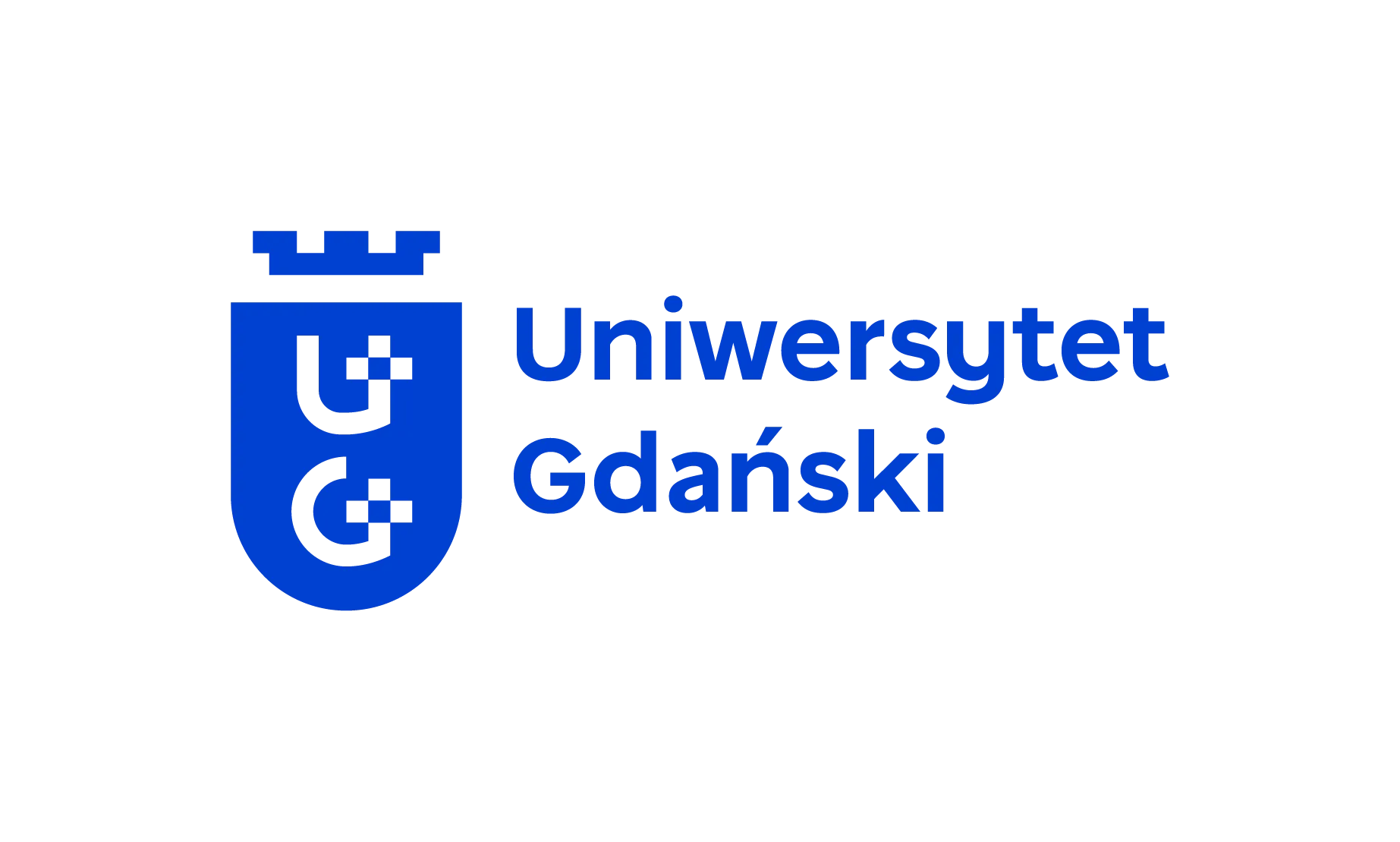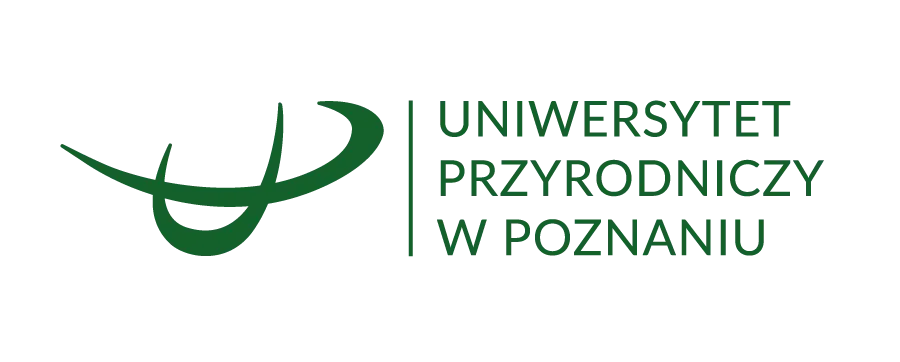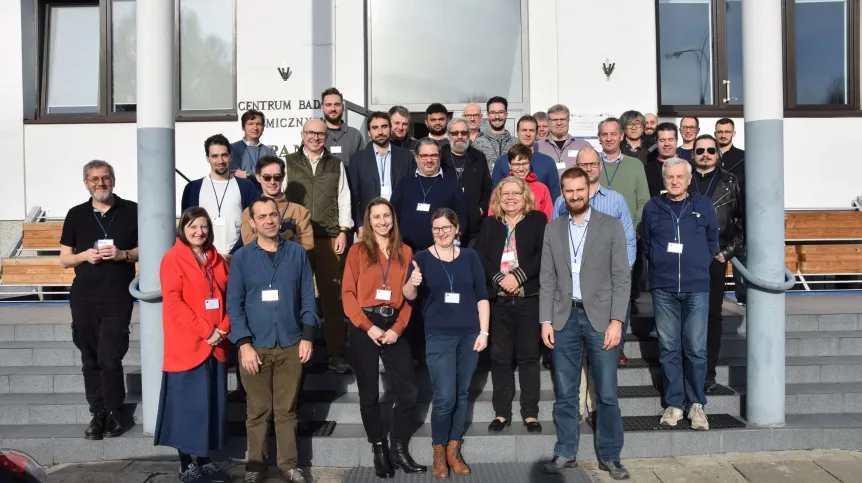
Scientists and engineers preparing a set of instruments for the European Space Agency (ESA) to study the Earth's magnetosphere met in Warsaw. The advanced equipment will to fly into space on six small satellites.
The Space Research Center of the Polish Academy of Sciences hosted a meeting of the team working on PAFI - a set of instruments for diagnosing electric fields, magnetic properties of thermal and energetic plasma. According to the Space Research Center PAS press release, the instruments will be combined into a whole on board six small satellites as part of the ESA Plasma Observatory mission.
The Principal Investigator (PI) of the PAFI instrument is Hanna Rothkaehl, PhD, from the Space Research Center PAS.
The Plasma Observatory mission will study phenomena on the outskirts of the Earth's magnetosphere. Seven spacecraft - one main and six smaller satellites - will fly in a formation. The orbiters will track charged particles and electric and magnetic fields.
'The mission will not only deepen our knowledge of space weather, it will also contribute to the study of fundamental processes of plasma physics in the universe. It is a pioneering mission using the possibilities of measurements in seven points of space at once', Rothkaehl commented.
Before the mission sets off into space, all of its components will undergo rigorous reviews, improvements and tests. The first stage, the MCR (Mission Consolidation Review), took place at Space Research Center PAS in Warsaw in the last days of January. Engineers and scientists responsible for the PAFI instrument met to discuss the scientific, observational and technical assumptions of the mission.
The Plasma Observatory (along with M-Matisse and Theseus) is one of the three final projects qualified by ESA for the so-called medium-class M7 mission. This is the sixth mission of this type in the ESA Cosmic Vision scientific program. After further research, one of the projects will be implemented. The mission is scheduled to launch in 2037. (PAP)
abu/ bar/

